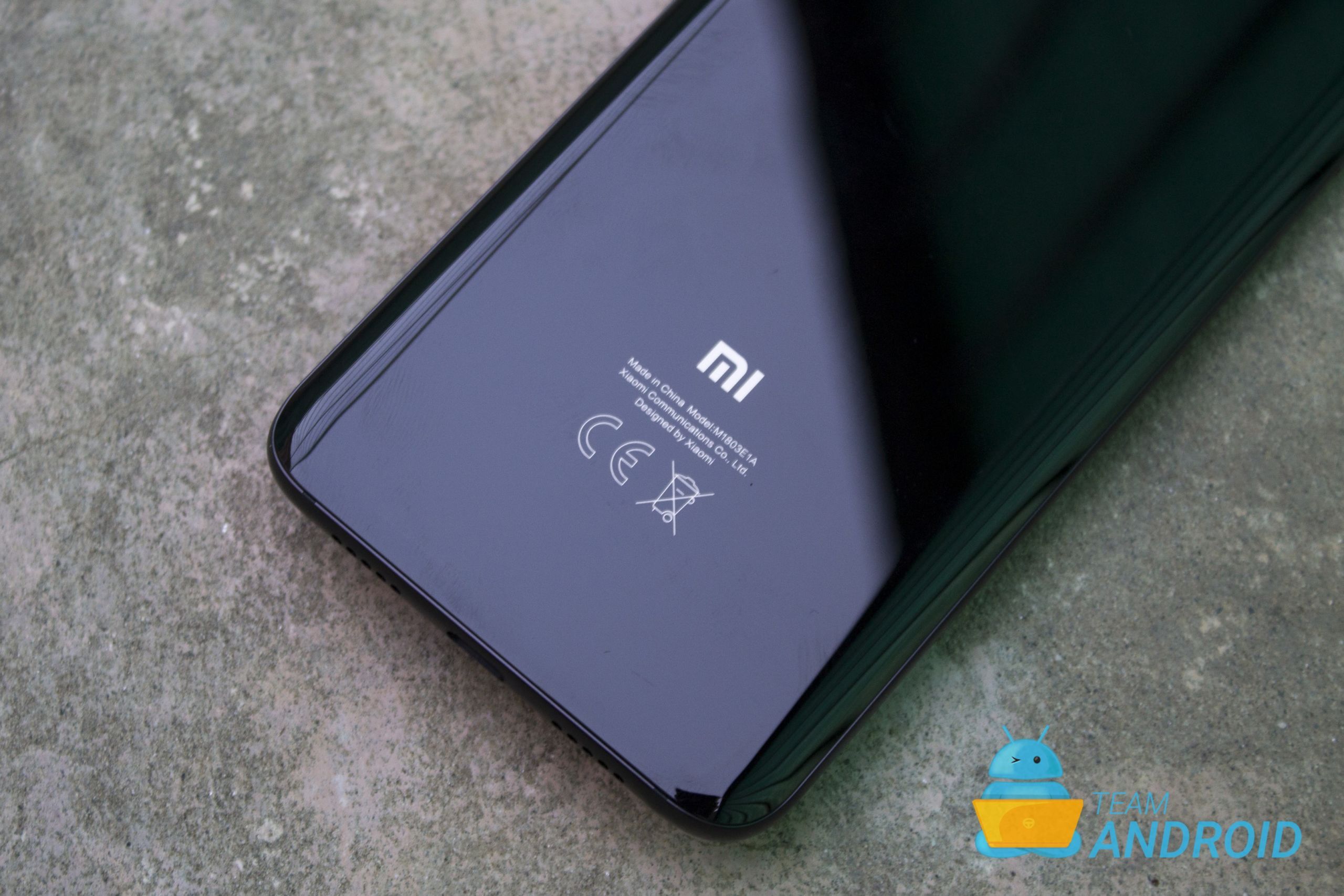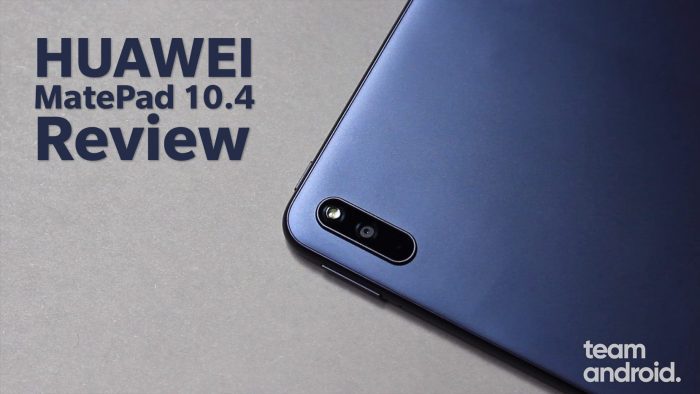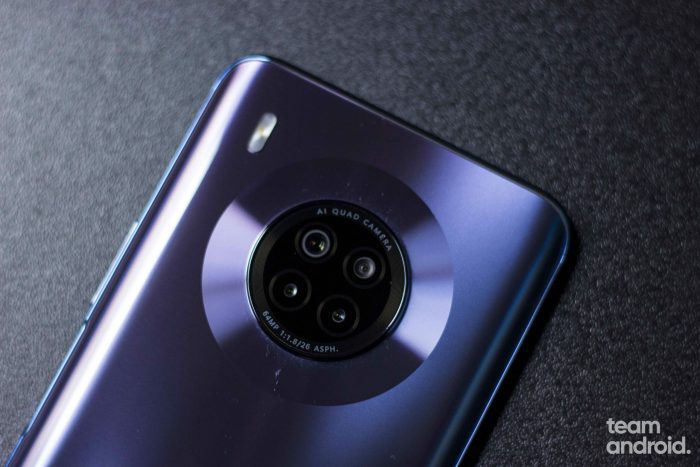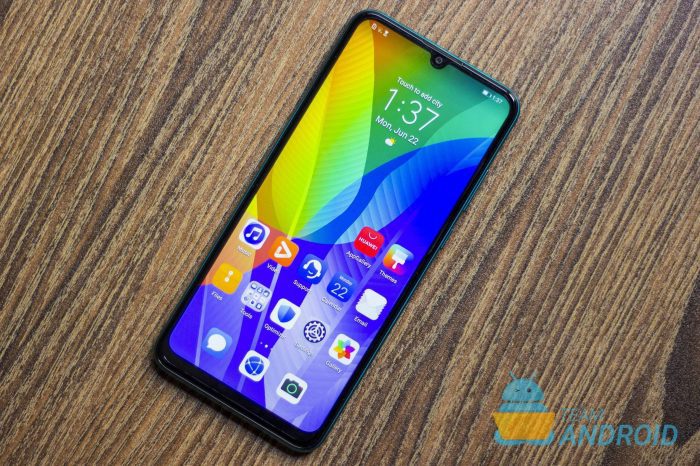Flagships have recently jumped a lot in price. While offering more or less the same features users have already been accustomed to, it is becoming increasingly difficult to justify a $1000 smartphone. Thanks to brands like Xiaomi and their flagships such as the one we will be looking at within this review, Xiaomi Mi 8, there is still hope to find a great phone for far less. Hailing from China, Xiaomi has garnered their success due to their budget offerings such as the Redmi lineup (Xiaomi Redmi 6 Review). Fortunately, they didn’t just stop there, they have also ventured into creating high-end smartphones through their Mi series. We have with us Xiaomi’s 2018 flagship, Mi 8 and we will be putting it through its paces to see whether this is the deal to get.
Diving straight towards the headline specs, Xiaomi’s Mi 8 comes with top-end Snapdragon 845 processor from Qualcomm, base storage of 64GB and 6GB RAM. Further, users can opt for a larger 128GB storage variant or go for the Explorer Edition which has 128GB storage and 8GB RAM. Moving along further, Mi 8 is outfitted with dual-cameras on the back, a FHD+ 6.21 inch AMOLED display and support for face unlock. We have seen this combination of specifications multiple times before but unique to the Mi 8 is its lower price, relatively. As a whole package, where does the Mi 8 actually stand? Let’s discuss right ahead!
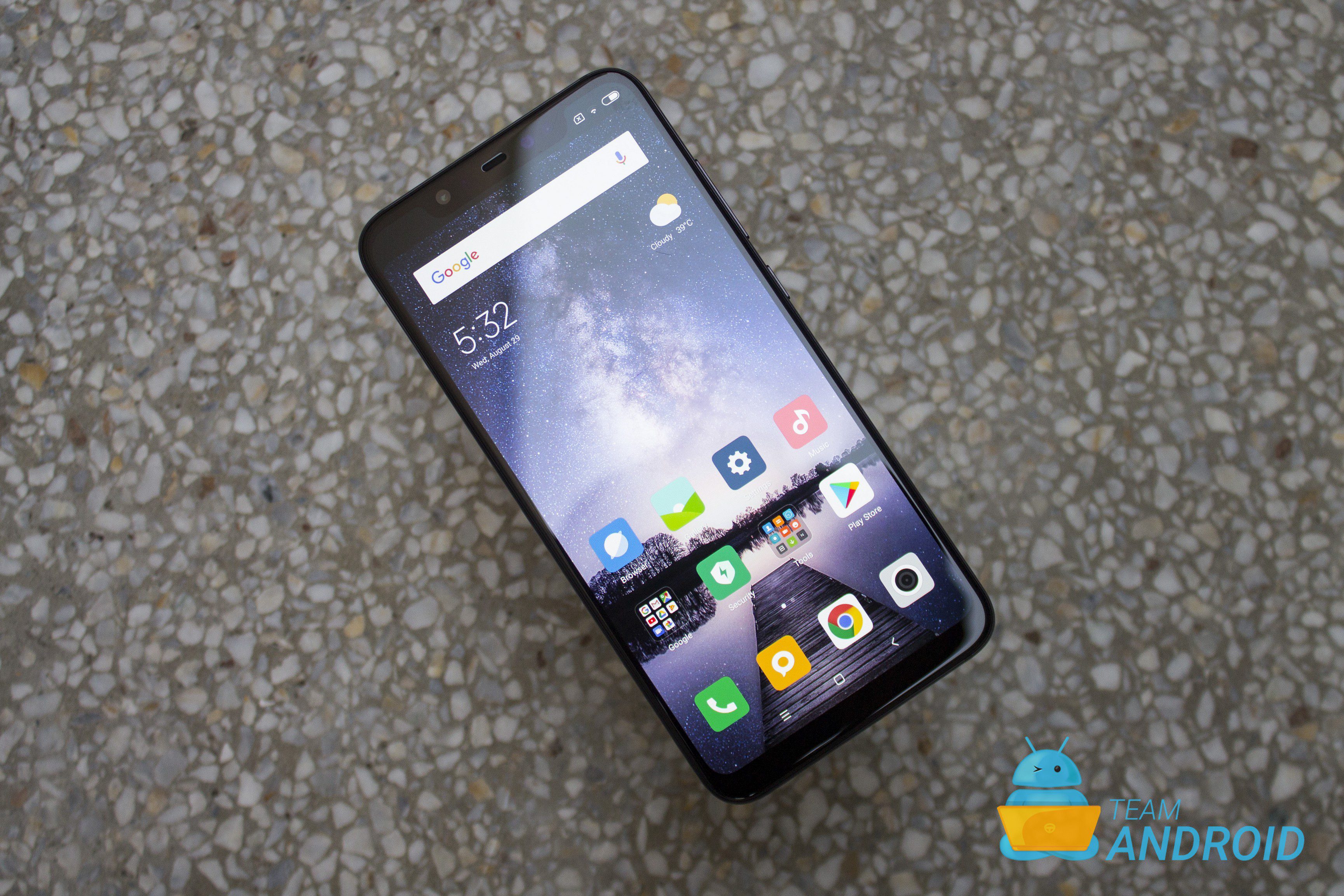
We did glance over some key specs, however, here are complete technical specifications for Xiaomi Mi 8:
- Network: Dual SIM 4G Support (GSM / FDD / TDD / WCDMA)
- Display: 6.21″, 18:9, 2248 x 1080, 402 PPI Display
- Processor: Snapdragon 845, up to 2.8GHz
- OS: Android 8.1 (Oreo)
- Camera Rear: 12MP Wide Angle Lens (f/1.8) + 12MP telephoto lens (f/2.4) Ultra light-sensitive AI camera
- Camera Front: 20MP front camera
- Connectivity: USB Type-C, Bluetooth® 5.0
- Sensors: Proximity sensor, Gyroscope, Accelerometer, Electronic compass, Vibration motor, Barometer, Hall sensor, Ambient light sensor
- Memory: 6 GB RAM + 64 GB / 128GB internal storage
- Dimension: 154.9m x 74.8mm x 7.6mm
- Battery: 3,400mAh
Xiaomi Mi 8: Design and Hardware
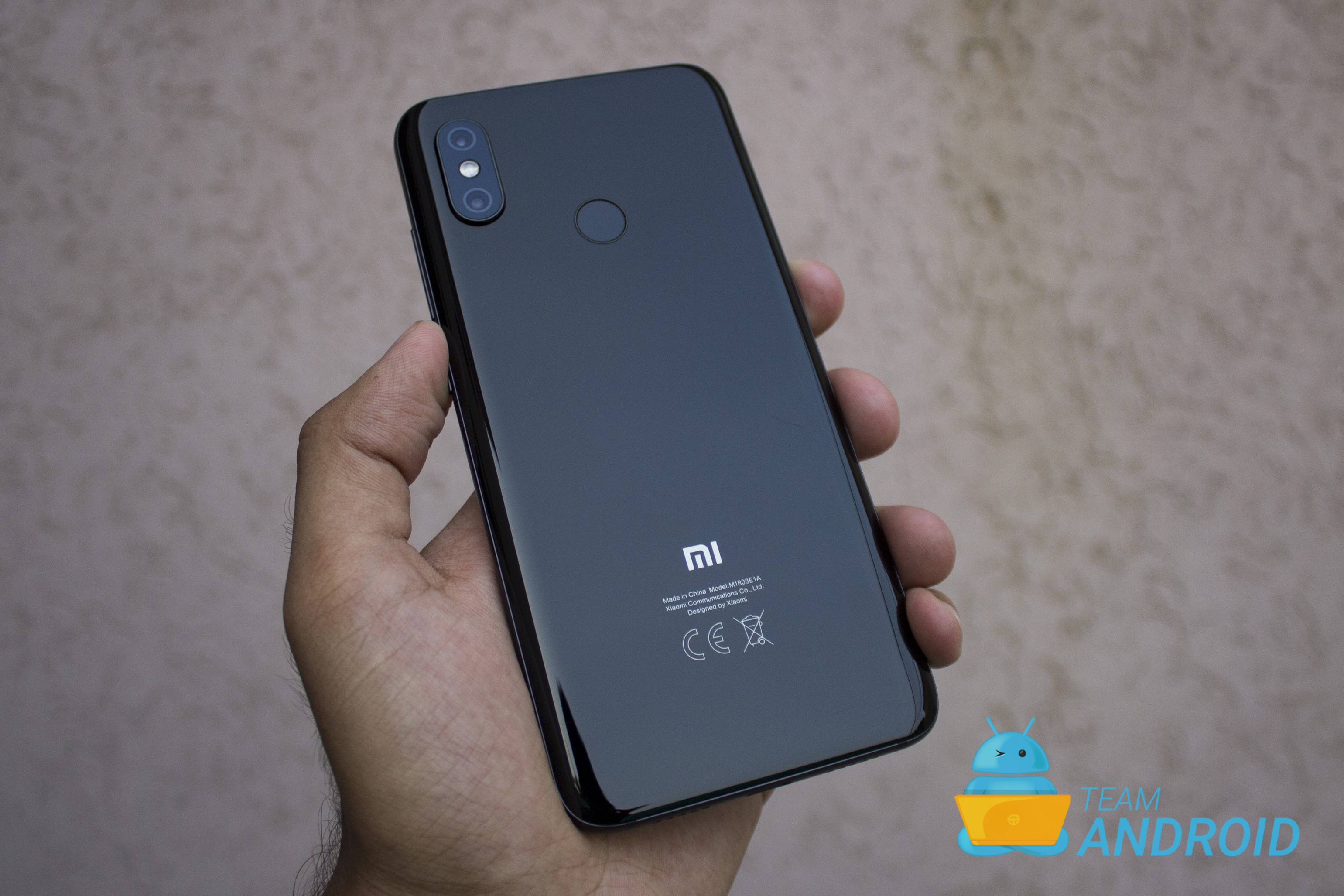
Xiaomi’s Mi lineup of smartphones has always carried a business-class feel to them as the brand looks to appeal to high-end customers. The new Mi 8 follows the same ethos with a bold and sharp design. Starting from the exterior, our unite arrived in Black. For color options there are further Blue, Gold and White variants. There is glass on the front and glass on the back with a metal chassis tying them both together. More design elements include a notch-ed front display and rear dual cameras being aligned horizontally.
Exploring each side of Xiaomi Mi 8, you get your USB Type-C connector on the bottom with speaker cut-outs on each side. Unfortunately, only the left cut-out has a single speaker whereas the right is just there for symmetry and it carries a microphone. As for speaker sound, this is where Mi 8 lacks quite a bit. The single speaker is down-firing, lacks bass and struggles at high frequencies. It’s 2018 and by now, brands should have nailed smartphone sound output but unfortunately, Mi 8 hasn’t. Further, there is also the omission of a headphone jack! This unnecessary removal of ports is something we don’t appreciate.
Further along, there is your standard power button and volume rocker on the right. The volume keys aren’t individual but form a long single button. However, in our use, spacing between Power and Volume keys was just enough that you don’t really mishit. On top, the phone has an opening for a microphone and rest is blank. As for left side, this is where users would be able to access the SIM slot. Xiaomi Mi 8 sports dual SIM with 4G. However, it omits microSD card expansion. As the standard is 64GB with an option to double it with 128GB, we will let this slide. Inspecting the rear, Mi 8 keeps it very minimal. There is a single Mi logo printed at the bottom along with safety regulations. Further, there is the dual camera setup present as well. We will discuss the optics in a lot more detail in our dedicated section ahead. To complete it, the fingerprint sensor is also placed at the rear. In our tests, this fingerprint module performed blazingly fast and that too, with great reliability.
What makes Mi 8 truly complete are its internals. As a 2018 smartphone, it has all that competing flagships boast but at a much lesser price. For the processor, it is outfitted with Qualcomm’s Snapdragon 845 which performs spectacularly. With this chipset, you would be hard-pressed to find any task that will slow it down, it churns through everything! Further, in our benchmark tests, it topped the charts. Be it gaming, multi-tasking or even just normal web-browsing, Mi 8 performs amazingly. We have attached benchmark tests right below.
Xiaomi Mi 8: Camera
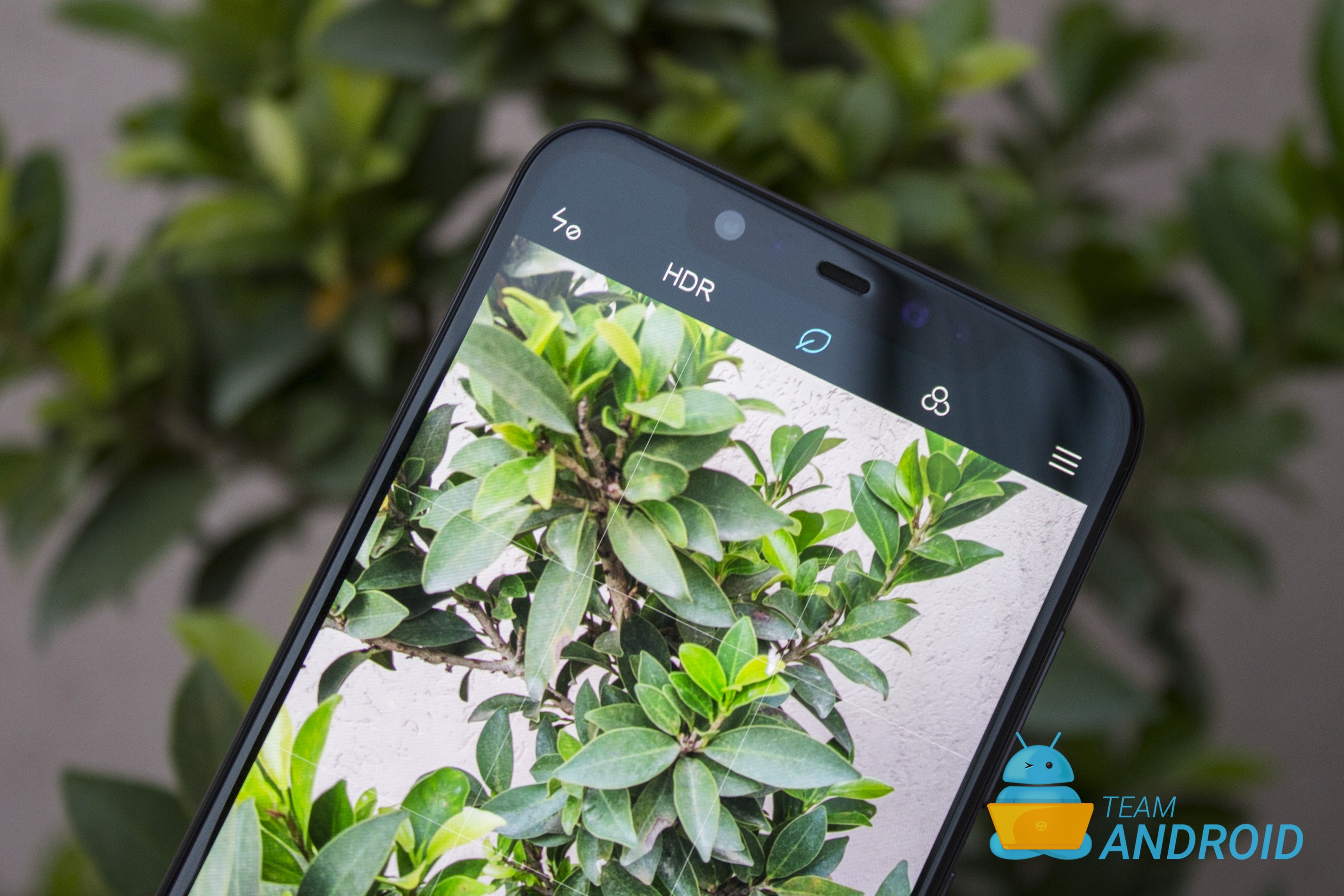
Camera on any smartphone is quite the vital part especially if it claims to be a flagship. Thankfully, we have good words for Xiaomi’s Mi 8 optics. For specs, there are two main rear cameras present on the smartphone, both 12MP. However, one lens is a wide-angle with an impressive aperture of f/1.8 whereas the secondary is tele-photo — providing optical zoom of 2X — and has f/2.4 aperture. Tying the hardware is Xiaomi’s Artificial Intelligence technology which automatically picks the best settings for a specific scenario.
We took the Mi 8 up north and captured some amazing scenery here in Pakistan. The output has left us quite stunned. With the versatility of Optical Zoom, we were able to frame our shots quite nicely without having to lose quality. Further, the low aperture also proved to be great in situations with less light. You can see detailed camera shots attached below:
It is important to point out, Xiaomi Mi 8 also provides Portrait Mode on its rear cameras as well as the 20MP front camera. For selfies, Xiaomi has patched in some detailed post-processing techniques to its camera app. With these beauty settings enabled, you can really capture the best shots. Lastly, in 2018, video quality is something to consider as well. Gladly, Mi 8 doesn’t skimp on that. You can record motion video with up-to 240fps and also go up-to 4K UHD recording.
Here is a sample video recorded with the Mi 8 camera:

Xiaomi Mi 8: Connectivity, Memory and Battery
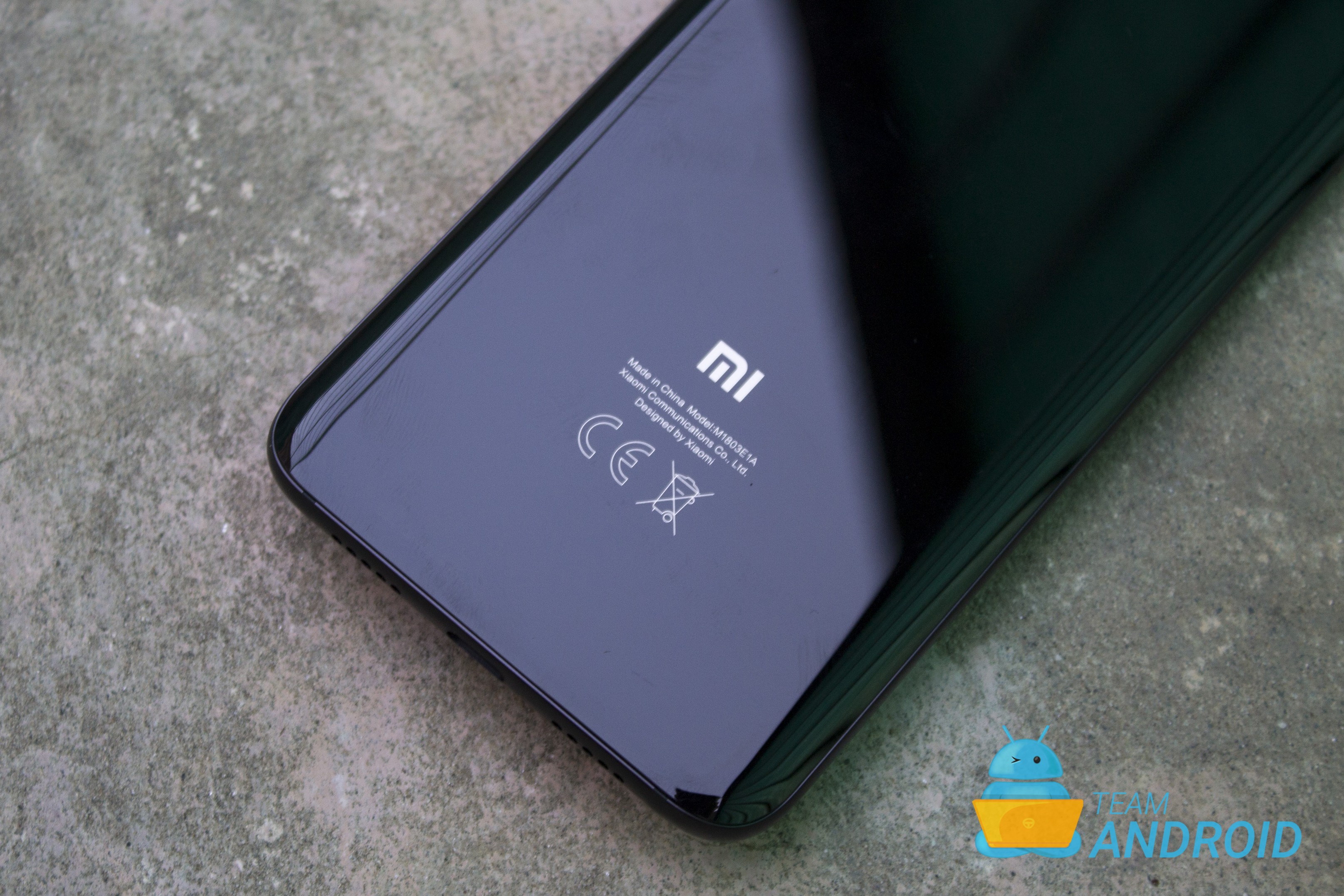
Just as performance is a given with flagships, users expect the best battery, connectivity and memory to go along with it. Starting with connectivity, Xiaomi Mi 8 supports 4G dual SIM and runs latest Bluetooth 5.0. Moving along towards the memory, the base storage is provided at 64GB of UFS flash storage and 6GB RAM. A 128GB variant is also available. There are two main issues we would like to highlight. First, there is the removal of headphone jack and second, no expandable memory card slot. We think, Xiaomi shouldn’t have omitted these.
Looking back at the good, Xiaomi Mi 8 sports a large 3,400mAh battery. Combining FHD+ AMOLED display, efficient processor and good software, Xiaomi Mi 8 consistently delivered more than 6 hours of screen time and that is with mixed usage, including running multiple benchmark tests and having Always On setting enabled.
Xiaomi Mi 8: Software
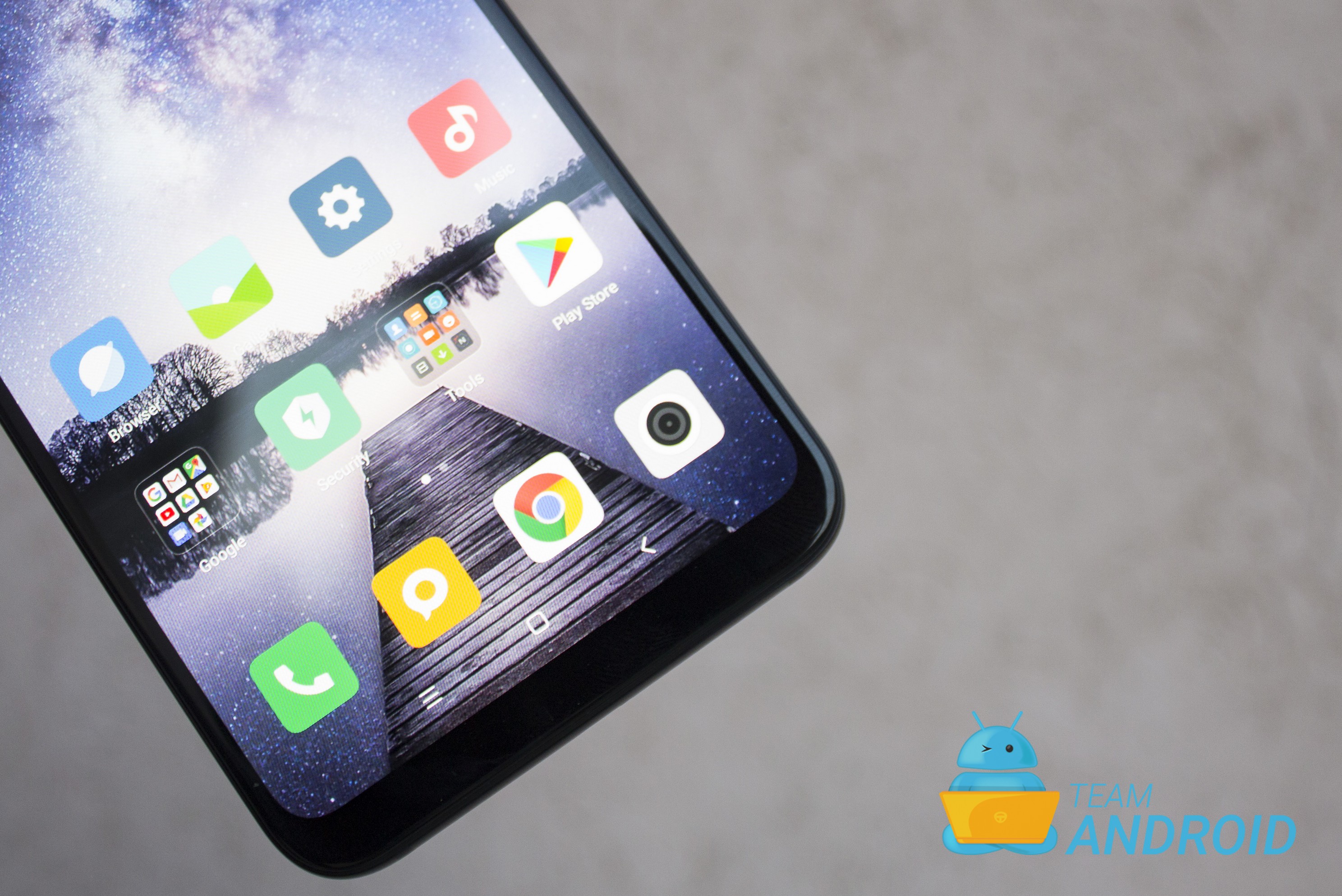
Mi 8 comes equipped with Xiaomi’s own MIUI 9 skin which is based on Android 8.1 Oreo. An Android Pie update is in the works, which is good to hear, but we will assess it on the OS revision it currently ships with. What’s unique with MIUI are its small details. It is one of the most customize-able stock skins available. If you aren’t a fan of the new Notch trend, MIUI provides a built-in feature that implements a black border on top mimicking a bezel hence effectively hiding the notch. Further, Mi 8 supports full screen gestures if you don’t like the normal navigation buttons. These gestures are becoming increasingly popular and they have been implemented in Android 9.0 Pie so its good, Xiaomi thought of including them in their Mi 8. Also, Mi 8 ships with a face-unlock feature which is based on IR — can work in badly lit conditions.
Adding features on top of Android is just one aspect to MIUI. The other is making it work better for users. Right out of the box, there are built-in security and cleaning utilities that keep a close eye on your phone’s data and advise you towards better management which is a big plus. Also, behind the scenes, MIUI is assessing how to provide best battery throughput, and it shows!
Default bundled Xiaomi Apps & Features:
- Xiaomi Notes: For your Note taking needs, the Notes app is default on Redmi 4X. You can store all your notes here and sync them with your Mi Account.
- Xiaomi Explorer: To view all the stored offline files on your Redmi 4X, the Explorer app comes as stock. You can categorize your files or view them all at once like you do on a desktop computer.
- Xiaomi Security: The Security app is a multi-purpose maintenance app. It not only monitors the security side of your smartphone but also allows you to monitor the phone, create automated tasks, clean files, free up space and more.
- Xiaomi Tools App Bundle: The Tools bundle on the Redmi 4X includes multitudes of apps that might come in handy. For starters, you will find the stock Mail client, Contacts app, Calculator and Clock. Mi Account app comes included as well and this app allows you to monitor your Mi Account and retrieve data from it. Other utilities include a Feedback app, Updater app, Downloads app, Compass app and a Universal Scanner app.
Conclusion
We absolutely appreciate Xiaomi’s efforts with its latest Mi 8 flagship. If we were to summarize our thoughts for the phone, they would probably state that Xiaomi Mi 8 is the best bang for buck, all rounder device. Rather than making one thing stand out from the other, Xiaomi has crafted Mi 8 to provide absolute best of everything. Be it the design characteristic, performance or something as minute as fingerprint sensor quality, Mi 8 has covered everything quite well.

